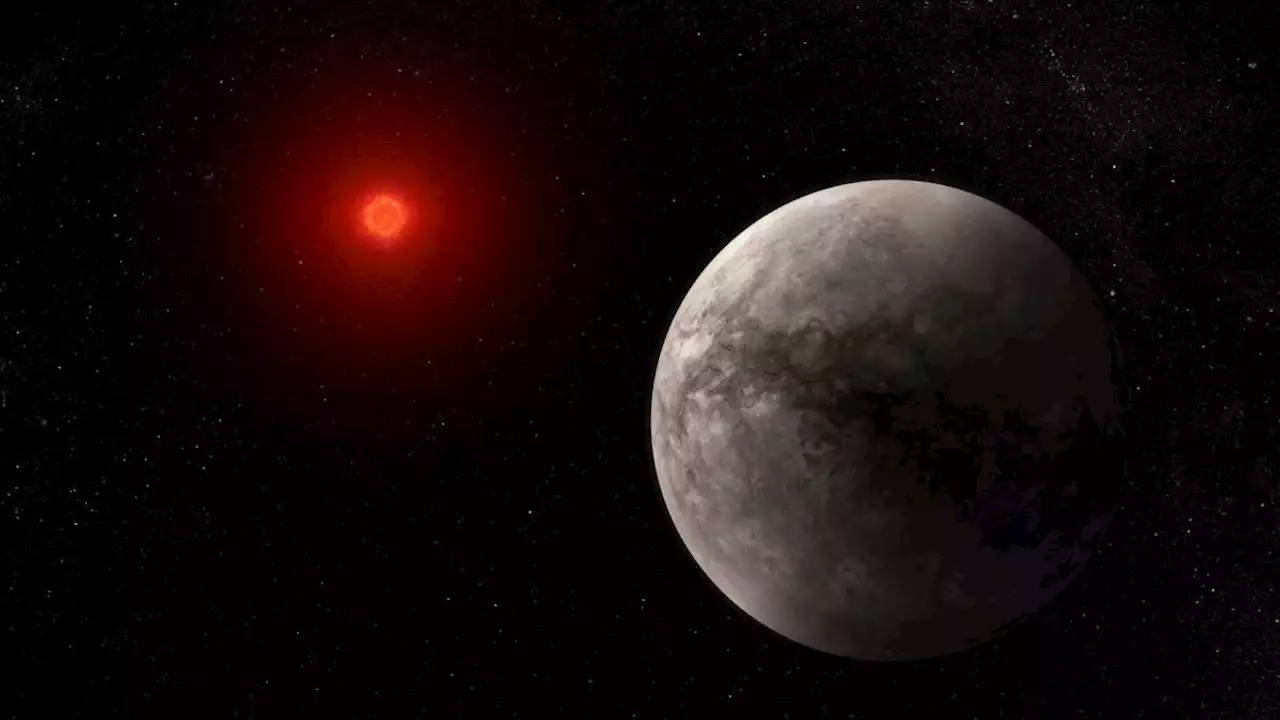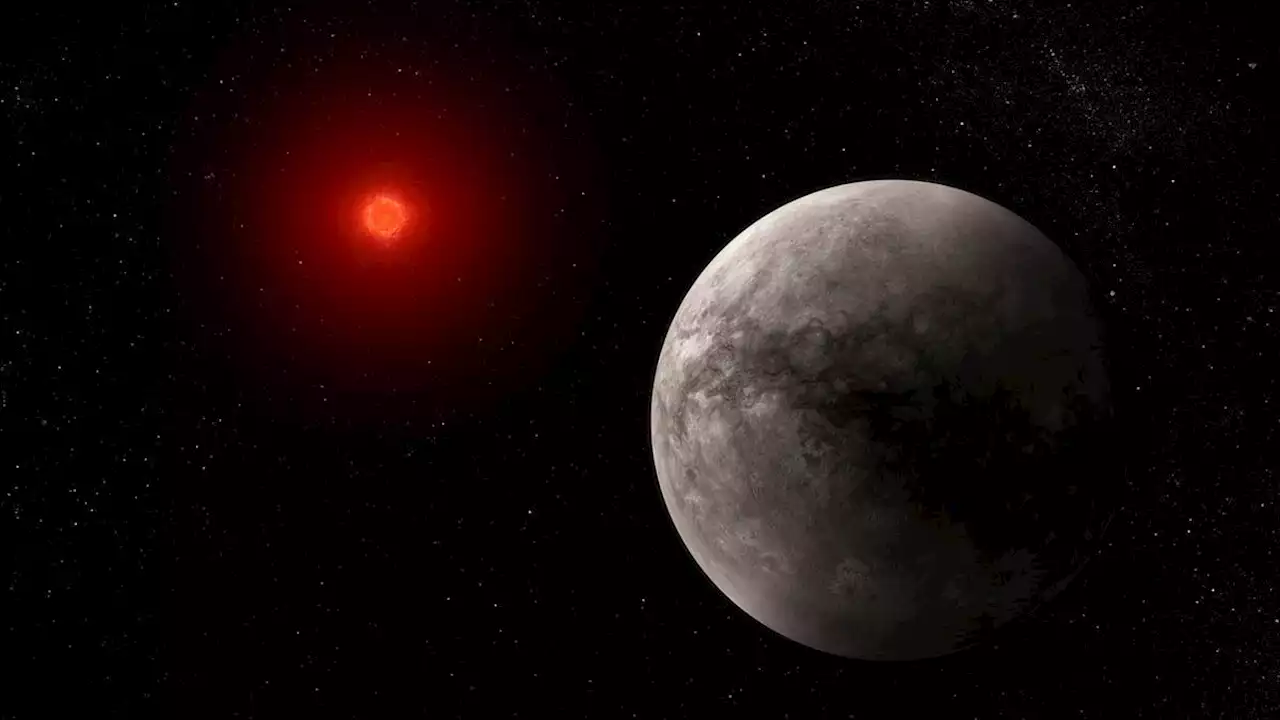Scientists used the James Webb to measure the temperatures of an exoplanet, revolutionizing how we search for planets that can sustain life.
Image: NASA, ESA, CSA, J. Olmsted , T. P. Greene , T. Bell , E. Ducrot , P. Lagage
Using MIRI, the team observed Trappist-1 b’s thermal emission – heat energy that is given off as infrared light. This discovery is extremely notable because it is the first time that we have detected the light off of an exoplanet the same size and temperature as the rocky planets that are found within our own solar system. By using Webb to measure an exoplanet’s temperature, astronomers have opened new doors to how we explore the planets we discover in our universe.
United States Latest News, United States Headlines
Similar News:You can also read news stories similar to this one that we have collected from other news sources.
 James Webb spots exoplanet with gritty clouds of sand | Digital TrendsExoplanet VHS 1256 b, around 40 light-years away, has an unusual atmosphere where clouds of sand float in temperatures of 1,500 degrees Fahrenheit.
James Webb spots exoplanet with gritty clouds of sand | Digital TrendsExoplanet VHS 1256 b, around 40 light-years away, has an unusual atmosphere where clouds of sand float in temperatures of 1,500 degrees Fahrenheit.
Read more »
 James Webb Demolishes Hubble's Record of Fitting the Most Galaxies in a Single ImageA new James Webb Space Telescope survey of the universe has already surpassed Hubble's most comprehensive one to date, and it's only in its first stage.
James Webb Demolishes Hubble's Record of Fitting the Most Galaxies in a Single ImageA new James Webb Space Telescope survey of the universe has already surpassed Hubble's most comprehensive one to date, and it's only in its first stage.
Read more »
 James Webb Space Telescope finds no atmosphere on Earth-like TRAPPIST-1 exoplanetThe observation represents Webb's first detection of 'any form of light' emitted by a rocky exoplanet.
James Webb Space Telescope finds no atmosphere on Earth-like TRAPPIST-1 exoplanetThe observation represents Webb's first detection of 'any form of light' emitted by a rocky exoplanet.
Read more »
 Webb Telescope Reveals Nearby Exoplanet Has No AtmosphereOn TRAPPIST-1b, it's a sweltering 446 degrees Fahrenheit—but only on one side.
Webb Telescope Reveals Nearby Exoplanet Has No AtmosphereOn TRAPPIST-1b, it's a sweltering 446 degrees Fahrenheit—but only on one side.
Read more »
 Scientists observe aftermath of DART impacting asteroid | Digital TrendsWhen NASA crashed a spacecraft into an asteroid, it wasn't only a thrilling test of planetary defense. It was also a unique opportunity for scientists.
Scientists observe aftermath of DART impacting asteroid | Digital TrendsWhen NASA crashed a spacecraft into an asteroid, it wasn't only a thrilling test of planetary defense. It was also a unique opportunity for scientists.
Read more »
 Scientists conceive of efficient way to make atomically-thin metal layersMXenes are materials made of many extremely thin layers of metal, between which scientists can slip different ions for various purposes. Find out more at 🚀 engineering interestingengineering
Scientists conceive of efficient way to make atomically-thin metal layersMXenes are materials made of many extremely thin layers of metal, between which scientists can slip different ions for various purposes. Find out more at 🚀 engineering interestingengineering
Read more »
